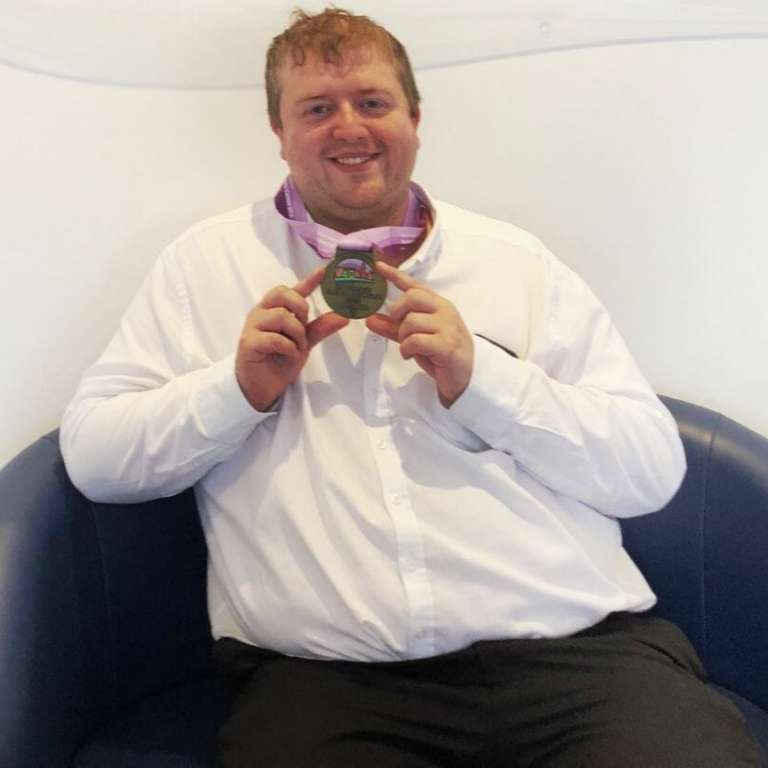A&E misdiagnosis is a serious problem, that can have catastrophic consequences. However, A&E departments are under a lot of pressure and the latest report from the NHS Litigation Authority states that 12% of clinical negligence claims came from incidents occurring in A&E or Casualty departments.
In December 2015 it was revealed by the NHS’s National Patient Safety Agency that 1,089 patients have died in A&E departments over the past five years, and a further 2,539 suffered serious harm following blunders in casualty wards.
A&E misdiagnosis leads to patient death at York Hospital
An inquest this month has heard how Liam Ross, 27, attended A&E in January 2015 complaining of a severe headache and problems with his vision including tunnel vision.
He was seen at York Hospital by junior doctor, GP Registrar Nathan De Barr. Mr Ross informed the doctor that his mother suffered from migraines.
After examining him, Dr De Barr diagnosed a migraine and discharged Mr Ross with advice to take pain relief. He was told to return to A&E or his GP if his condition got worse.
Mr Ross was found dead in his flat the following day. He was found to have suffered from a colloid cyst which could have caused obstruction leading to a build up of pressure in his brain.
The inquest heard there was no record that Dr De Barr had performed a funduscopic examination. This is a routine part of every doctor’s examination of the eye, which might have alerted the Hospital to the presence of a cyst.
Dr De Barr was unsure whether he had in fact performed this simple and none invasive test, which could have prevented the diagnosis from being missed. He said: “I would be surprised if I didn’t do it.”
The York Press reported that he appeared to fight back tears as he continued to reflect on what happened the day Mr Ross attended. He offered his deepest condolences to the family.
Expert medical witness, Dr Lucy Glanfield, a consultant in emergency medicine, told the inquest that when speaking with other medical professionals they were divided over whether they personally would have performed a funduscopic examination.
However, in light of Mr Ross’s case York Hospital was following a series of recommendations, which includes training for staff and increasing the use of a funduscopic exam on patients in the future.
A York Teaching Hospital NHS Foundation Trust spokesman told The York Press it would like to offer its sincere sympathies to Mr Ross’s family.
“Our staff have cooperated fully with the coroner’s investigation and we have conducted our own internal investigation,” she said. “As a result, we have made improvements to our processes.”
Pryers Experience with A&E Misdiagnosis Claims
Pryers have successfully recovered compensation for many clients in claims for a medical misdiagnosis.
Last year Pryers helped a client receive £125,000 after a wrist injury was misdiagnosed. Mrs B slipped on some ice and landed on her wrist. She attended A&E and was x-rayed, but was discharged after being advised it was just a sprain.
At the time the radiologist had identified a subtle fracture that needed splinting immediately. However, this treatment never occurred and Mrs B continued with her daily activities for six years.
Years later she returned to A&E with extreme pain in her wrist and an x-ray found that the old fracture had not healed correctly and the misdiagnosis had caused lasting damage to her wrist.
Mrs B required an operation to reset her wrist, which unfortunately was unsuccessful due to the six-year delay and resulted in a further operation to remove the bone, leaving Mrs B with a loss of function in her wrist.
“This case shows that even the subtlest injuries can have major long-term consequences. Communication from and between doctors is key to ensuring that patients receive timely and appropriate treatment and enjoy the best possible recovery,” said a specialist medical negligence solicitor at Pryers.
How Pryers can Help You
Whether it is a missed broken bone, a bleed on the brain or a misdiagnosed cyst, medical negligence in A&E departments can have long term and even fatal consequences. If you feel that you have been the victim of medical negligence, why not call one of our specialist team today to see if you have a claim?
Pryers are a leading national firm of Medical Negligence Lawyers and have extensive experience of cases involving negligent medical treatment. Our dedicated team of lawyers and experts are well equipped to investigate and advise on all issues of medical treatment.





